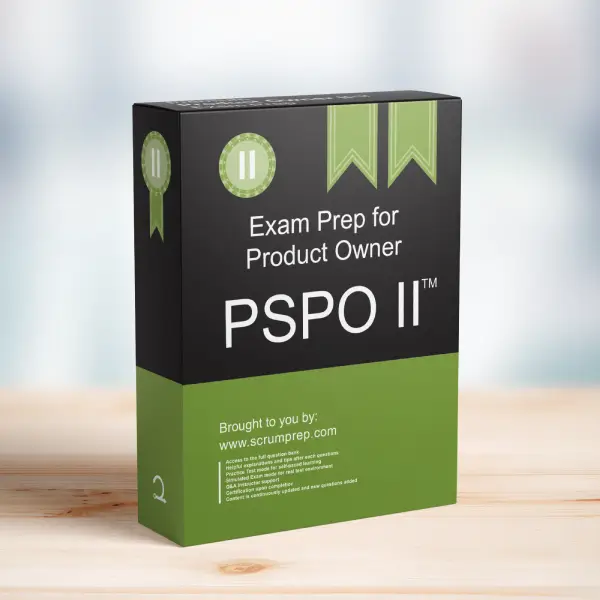Evaluating Unexpected Feature Usage Results
Understanding how product features are used by customers is crucial for maximizing value delivery. This article discusses actions to take when you discover that many of your product features are rarely or never used, and it highlights their relevance for the PSPO II exam.
Exam Question
You started measuring product feature usage in your last release. You are surprised to learn that a sizable percentage of the features you thought were very important are never or rarely used.
Which of the following actions could you take to further evaluate this unexpected result?
(choose all that apply)
A. Spend more time talking to Users to identify the impact they seek.
B. Disable the features that have never been used and listen for feedback.
C. Run experiments to increase your understanding of what customers find valuable.
D. Examine whether the rarely used features solve the intended problem.
Correct Answers
A. Spend more time talking to Users to identify the impact they seek.
B. Disable the features that have never been used and listen for feedback.
C. Run experiments to increase your understanding of what customers find valuable.
D. Examine whether the rarely used features solve the intended problem.
Explanation
Correct Answers
A. Spend more time talking to Users to identify the impact they seek:
Direct conversations with users can provide valuable insights into their needs, preferences, and the problems they are trying to solve. This helps in understanding why certain features are not being used and how the product can be improved to better meet user expectations.
B. Disable the features that have never been used and listen for feedback:
Disabling unused features can help gauge user reaction and determine if these features are truly unnecessary or if users were unaware of their existence.
C. Run experiments to increase your understanding of what customers find valuable:
Running experiments allows you to test hypotheses about what features might be valuable to users. By experimenting, you can gather empirical data to guide future product development decisions.
D. Examine whether the rarely used features solve the intended problem:
Evaluating whether the rarely used features effectively address the problems they were designed to solve can highlight misalignments between feature design and user needs. This can inform decisions on whether to iterate on these features or remove them.
Responsibilities in Scrum
- Product Owner: The Product Owner is responsible for maximizing the value of the product. This includes engaging with users to gather feedback, running experiments to validate assumptions, and continuously refining the Product Backlog based on empirical data.
- Scrum Master: The Scrum Master facilitates the team’s understanding of empirical processes and supports the Product Owner in running experiments and engaging with users.
- Developers: Developers collaborate with the Product Owner to understand user needs and help design experiments to test hypotheses about feature usage.
Relevance to the PSPO II Exam
Understanding how to evaluate feature usage and make data-driven decisions is essential for the PSPO II exam. It highlights the importance of empirical processes in Scrum and the Product Owner’s role in maximizing product value.
Key Takeaways
- Engage directly with users to understand their needs and the impact they seek.
- Run experiments to gather data on what features users find valuable.
- Evaluate whether features are solving the intended problems.
- Use empirical data to inform product decisions and maximize value.
Conclusion
Evaluating unexpected feature usage results is a critical aspect of product management in Scrum. By engaging with users, running experiments, and examining feature effectiveness, Product Owners can make informed decisions that maximize product value. For more information on preparing for the PSPO II exam, visit our PSPO II Exam Prep.


